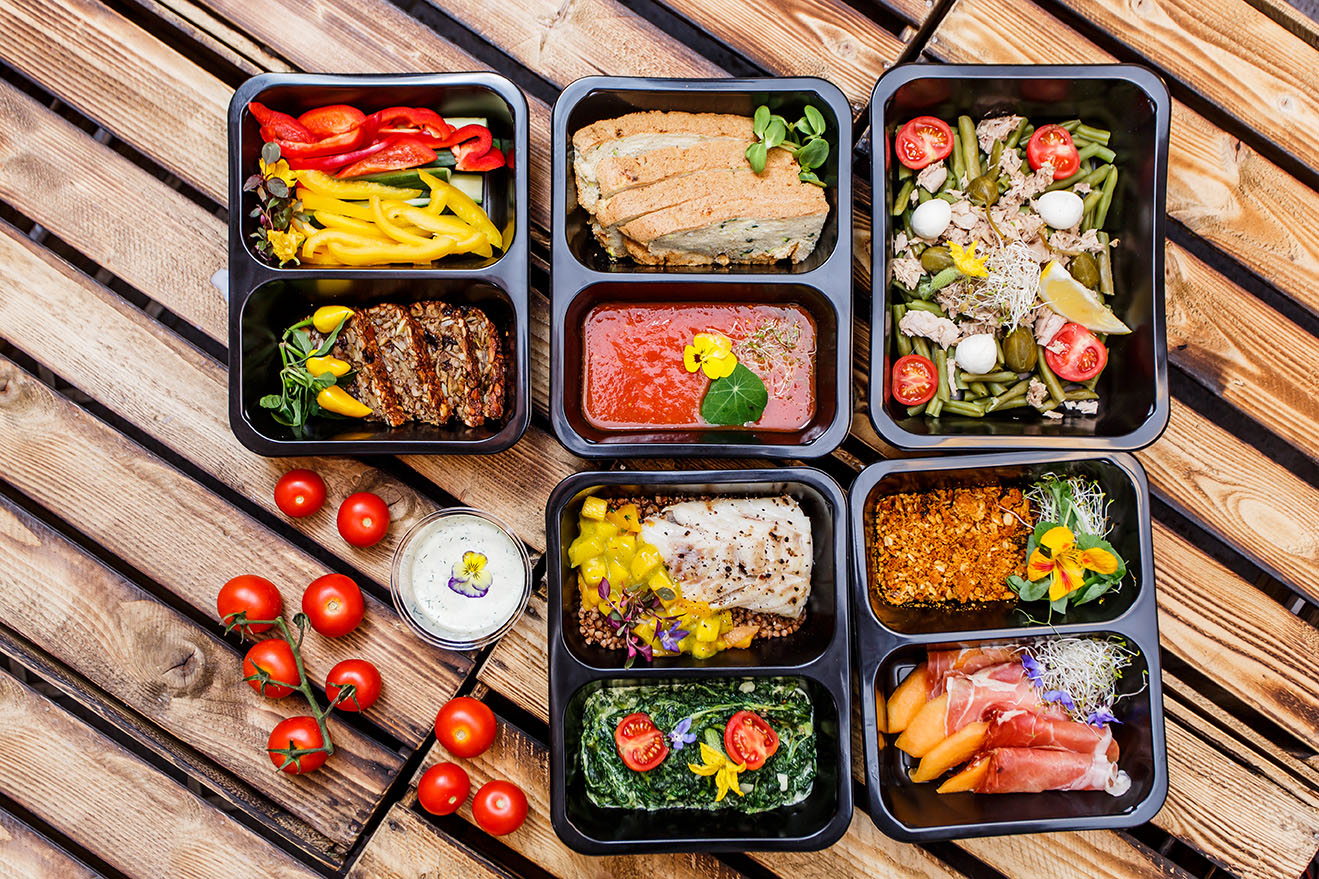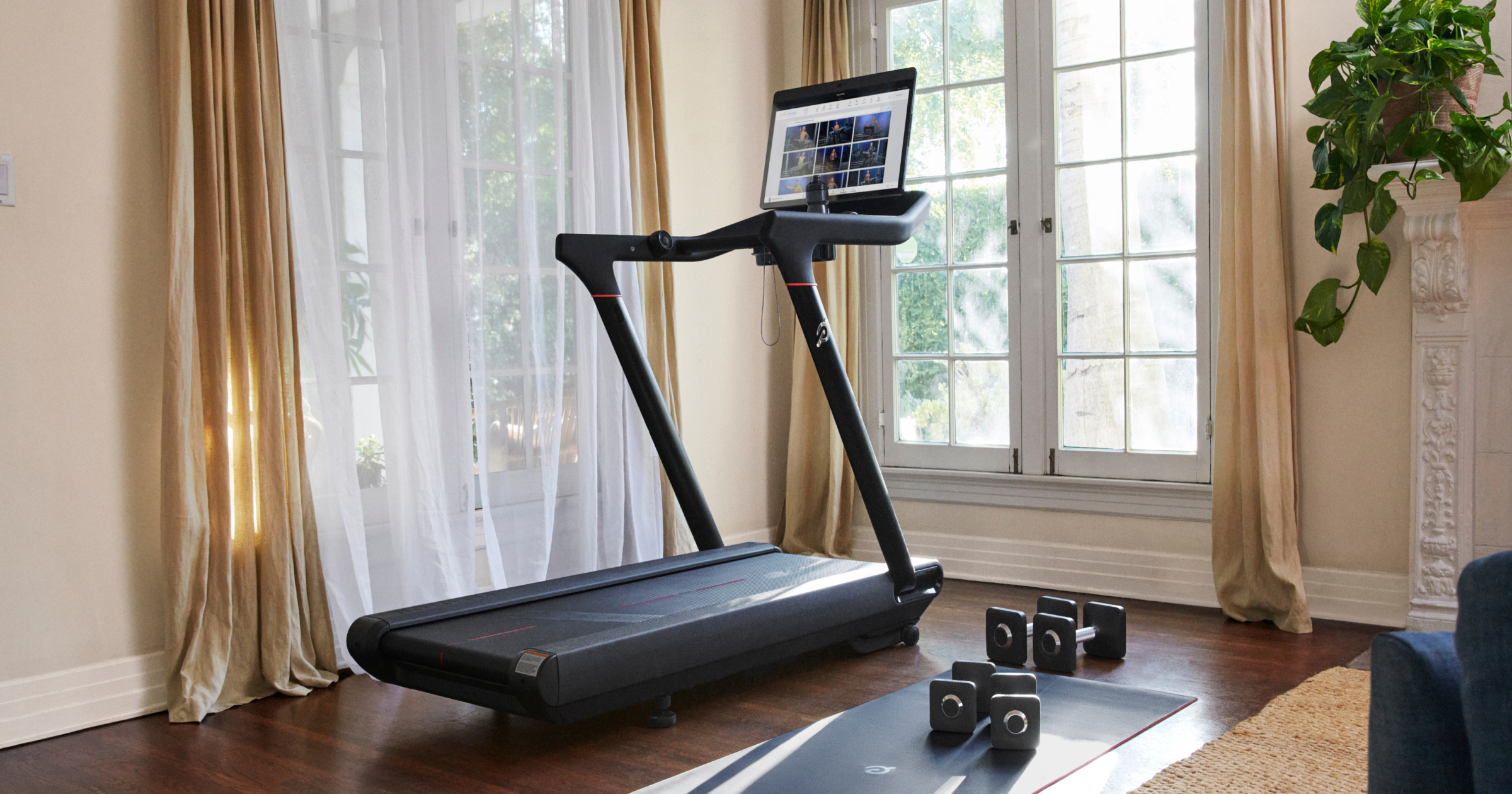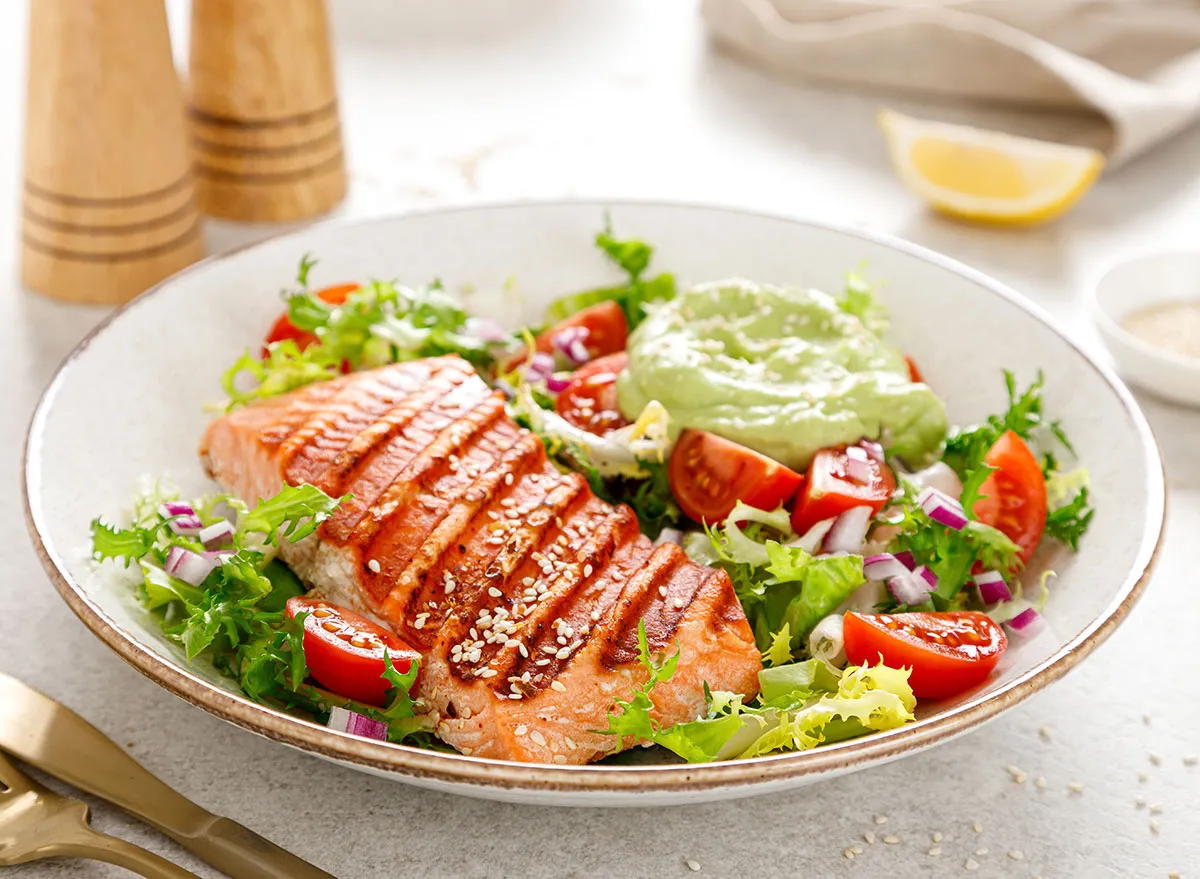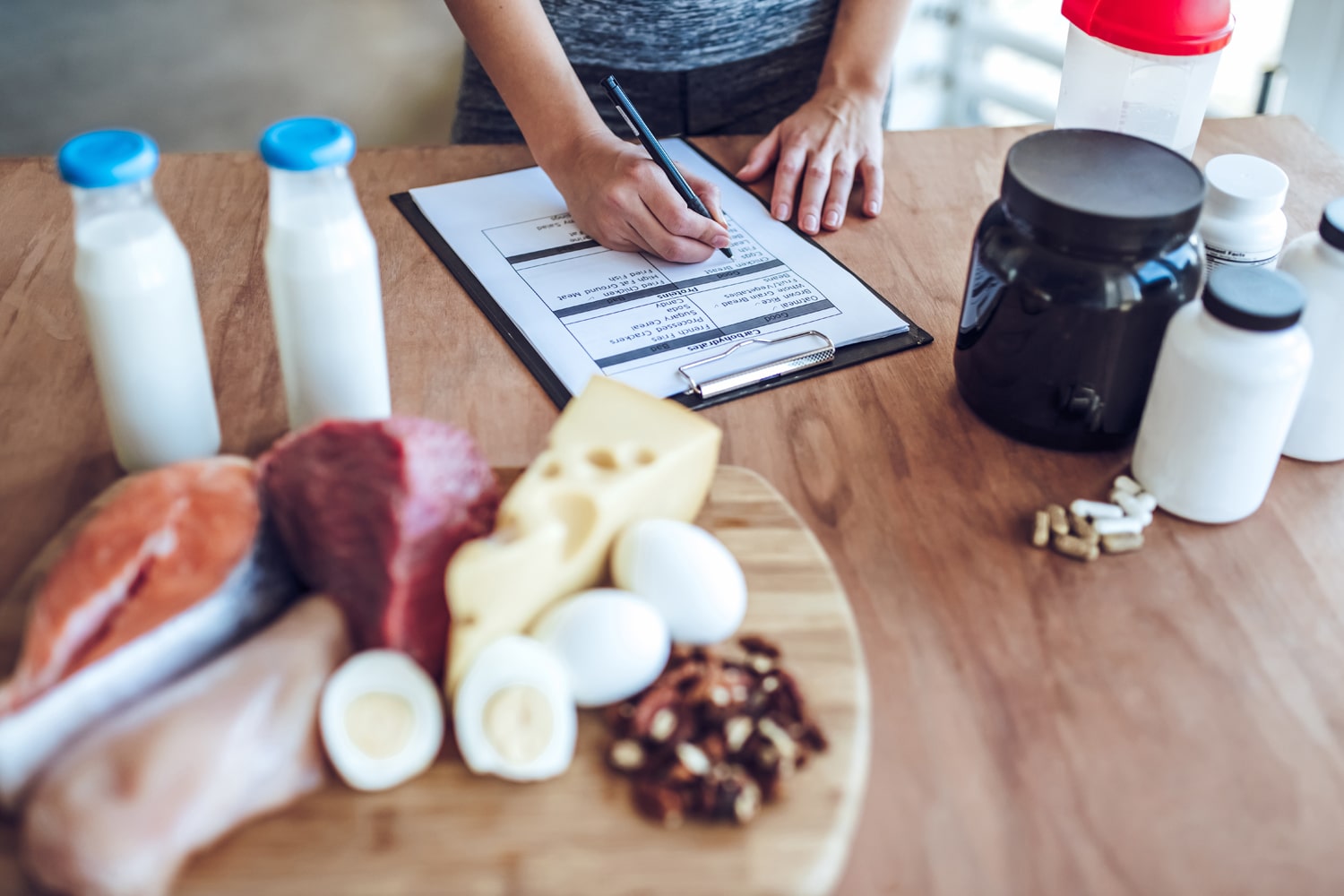Meal prepping is a smart way to save time and eat healthier during your busy week. By creating a solid meal plan and preparing your meals in advance, you can enjoy nutritious food without the daily stress of cooking. This guide will help you understand the essentials of meal prep, from planning your weekly meals to discovering techniques that make the process easy and efficient.
Whether you are new to meal prepping or looking to improve your current routine, knowing how to structure your efforts will lead to better results. You will learn how to set achievable goals and select healthy recipes that fit your lifestyle. This will not only help you stay organized but also motivate you to stick to your healthy eating habits.
Equip yourself with the tools and knowledge to make meal prepping a breeze. As you read this guide, you’ll find various tips and tricks that will transform your approach to cooking and planning meals, ensuring you eat right while saving valuable time each day.
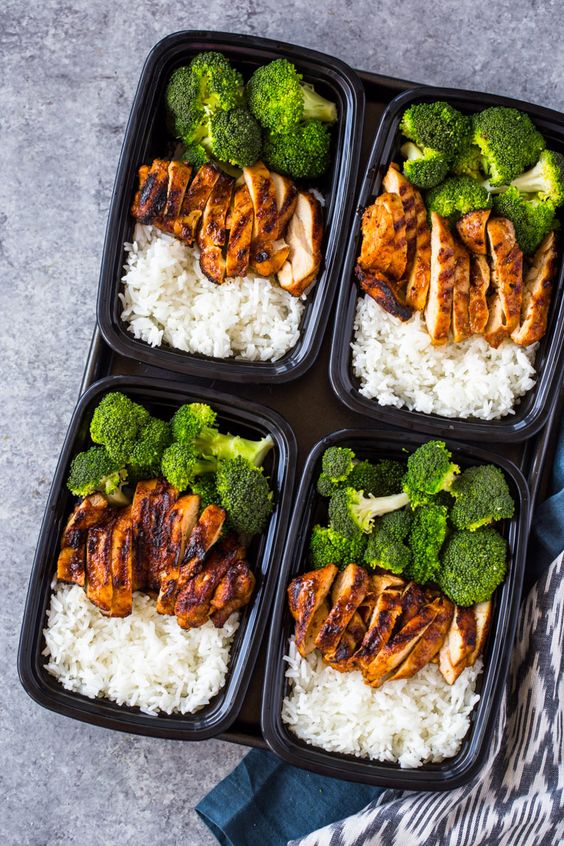
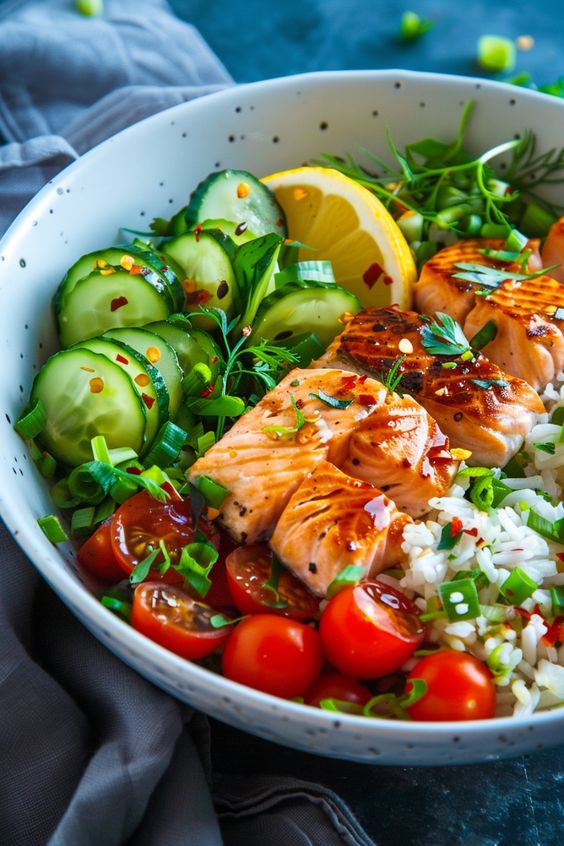
Key Takeaways
- Meal prepping helps save time and promotes healthy eating.
- Planning meals in advance makes grocery shopping easier.
- Simple preparation techniques can simplify your cooking routine.
Fundamentals of Meal Prep
Meal prep is a smart way to save time and eat healthier. By organizing your meals ahead, you can simplify your week and make better food choices. Here are the key areas to focus on: understanding meal prep, the benefits it brings, and the tools you’ll need to get started.
Understanding Meal Prep
Meal prep involves planning and preparing your meals in advance. This can range from cooking full meals to just prepping ingredients. To get started, determine your nutritional needs and select recipes that fit your lifestyle. Consider the time you have for cooking and how many meals you want to prepare.
Additionally, writing a meal plan is essential. It provides a roadmap for grocery shopping and helps avoid impulse buys. With a clear plan, you can ensure you have everything you need for the week.
Benefits of Meal Prepping
There are many advantages to meal prepping. Time-saving is a major benefit. Preparing meals in bulk means less cooking during the week.
Cost-effective is another benefit. By buying ingredients in larger quantities, you often save money compared to buying single items. A weekly meal plan can help keep you from spending on unnecessary items.
Meal prepping also supports healthier eating habits. By having balanced meals ready to go, you’re less likely to reach for fast food or unhealthy snacks. You control portions, which can contribute to better health.
Essential Tools and Equipment
To make meal prep easier, certain tools are essential. Here are a few items to consider:
- Containers: Use airtight containers for storing meals. Glass and BPA-free plastic options are good choices.
- Cutting Boards and Knives: Invest in sharp knives and sturdy cutting boards for easy prep.
- Measuring Tools: Accurate measuring cups and spoons help with portion control.
- Cooking Appliances: Slow cookers, Instant Pots, and blenders can simplify cooking and food prep.
Having these essentials will make your meal prep process smooth and efficient.
Planning Your Meals
Planning your meals is a vital step in making meal prep successful. You can set clear dietary goals, create a structured meal plan, and develop effective grocery shopping strategies that suit your needs.
Setting Dietary Goals
Start by identifying your dietary needs and goals. Consider factors like weight management, energy levels, or nutritional balance. Are you aiming for a specific calorie intake? Do you want to include more fruits and vegetables in your diet?
It helps to create a list of your preferences and restrictions. For example, you might want to avoid gluten or focus on high-protein meals. Write specific goals down to keep you on track. This will guide your meal choices and ensure they meet your health objectives.
Creating a Meal Plan
Once you have your dietary goals, create a weekly meal plan. List out breakfast, lunch, dinner, and snacks for each day. Keep your goals in mind as you select recipes.
Try to use similar ingredients across different meals to save time and reduce waste. For instance, if you cook chicken for one dish, think about how you can use the leftovers in another meal.
You can write everything down in a planner or use an app. Having a visual plan helps you remember what to make and keeps you motivated throughout the week.
Grocery Shopping Strategies
Effective grocery shopping starts with a detailed list. Take time to write down all the ingredients needed for your meals. Group items by category, such as fruits, vegetables, proteins, and grains, to make shopping easier.
Consider shopping at local farmers’ markets for fresh produce. This often saves money and provides better quality. Also, avoid shopping when hungry to prevent impulse buys.
Before you go, check your pantry and fridge to see what you already have. This can prevent duplicate purchases and save money in the long run. Aim for a balance of fresh, frozen, and pantry items to keep your meals varied and delicious.
Preparation Techniques
Effective meal prep involves careful techniques that enhance your cooking experience and ensure your meals are ready when you need them. Focusing on batch cooking, food storage, and safety is crucial for a successful meal prep routine.
Batch Cooking
Batch cooking means preparing large quantities of meals at once. Start by selecting recipes that keep well, like stews, casseroles, or grain bowls. These dishes are often easy to portion and reheat.
Steps for Batch Cooking:
- Plan Your Menu: Choose 2-3 recipes that complement each other.
- Shopping List: Create a list to ensure you have all ingredients.
- Set Aside Time: Dedicate a few hours to cook without interruptions.
Using this method, you can create multiple meals, saving time during the week. Portion out meals into containers, which helps in serving sizes and minimizes waste.
Efficient Food Storage
Proper food storage helps keep your prepped meals fresh. It’s essential to use the right containers to ensure quality and safety.
Storage Tips:
- Containers: Use glass or BPA-free plastic containers with tight lids.
- Labeling: Clearly label containers with the meal name and date to avoid confusion.
- Freezing: For long-term storage, freezing meals can maintain freshness. Foods like soups, smoothies, and cooked grains freeze well.
Make sure to organize your fridge or freezer for easy access. Placing older meals in front ensures you eat them first.
Maintaining Food Safety
Keeping your meals safe is vital for health. Following safe food handling practices helps prevent foodborne illnesses.
Safe Practices:
- Cleanliness: Always wash your hands and surfaces before cooking.
- Cooking Temperatures: Ensure foods reach safe cooking temperatures. Use a food thermometer for accuracy.
- Storage Temperatures: Refrigerate meals within two hours of cooking. The fridge should be at 40°F (4°C) or lower.
By practicing these techniques, you create a secure environment for your meal prep, allowing you to focus on enjoying your healthy meals.
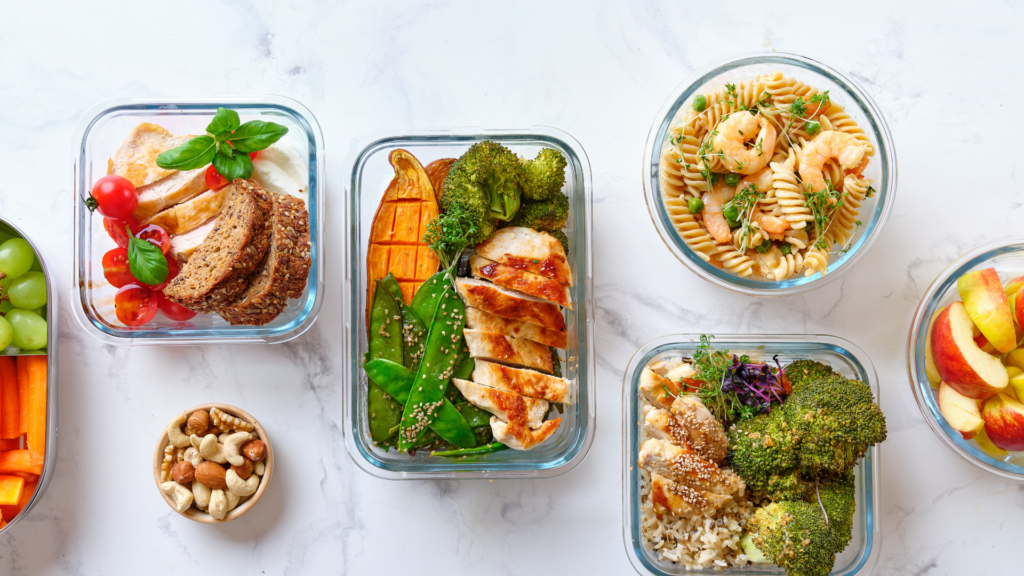
Healthy Recipes and Ideas
Meal prepping can help you eat healthy and save time. Here are some nutritious options for breakfast, lunch, and dinner that are easy to prepare and enjoy throughout the week.
Breakfast Options
Starting your day with a healthy breakfast is essential. Consider overnight oats as a quick option. You can mix rolled oats with milk or yogurt and your favorite fruits. Let it sit overnight, and it’s ready to go in the morning.
Smoothie packs are another great idea. Pre-portion fruits and greens in bags and freeze them. In the morning, just blend with your choice of liquid.
Vegetable egg muffins are simple and tasty. Whisk eggs with chopped vegetables like spinach, bell peppers, and tomatoes. Pour the mixture into a muffin tin and bake. These muffins store well, so you can grab them on busy days.
Lunch Selections
For lunch, chicken salads are versatile and easy to make. You can use leftover chicken or rotisserie chicken and mix it with Greek yogurt, apples, and nuts. Serve it in lettuce wraps or with whole-grain crackers.
Consider preparing quinoa bowls for a filling option. Cook quinoa and top it with black beans, diced tomatoes, avocado, and a squeeze of lime. This meal is nutritious and can be made in advance.
Veggie wraps are also ideal for lunches. Fill whole-grain tortillas with hummus, fresh vegetables, and lean protein. Wrap them tightly and slice for easy eating on-the-go.
Dinner Varieties
For dinner, meal prep can be both delicious and healthy. Stir-fried vegetables with chicken or tofu offer a colorful plate. Use a variety of veggies and a light sauce for flavor. These can be served over brown rice or cauliflower rice.
Baked salmon is another tasty choice. Season salmon fillets with lemon and herbs, then bake. Pair with steamed broccoli or a salad.
Also, consider chili as a warming meal. It’s easy to make a big pot using ground turkey, beans, tomatoes, and spices. Serve it with whole-grain bread or rice for a hearty dinner.
These options can help you stay on track with your health goals while making meal prep enjoyable.
Frequently Asked Questions
Meal prepping can seem complex, but understanding the essentials can simplify the process. Here are some common questions to help you get started effectively.
What are the essential containers and tools needed for meal prepping?
For meal prepping, you need a few key containers. Look for airtight glass or plastic containers to keep food fresh. Consider using smaller containers for snacks or sauces. Other useful tools include measuring cups, a sharp knife, a cutting board, and kitchen scales for portion control.
How can I create a meal prep plan that caters to a high-protein, low-carb diet?
To create a high-protein, low-carb meal prep plan, choose lean meats like chicken, turkey, or fish as your main protein sources. Include eggs, nuts, and dairy for variety. For vegetables, focus on leafy greens, broccoli, and cauliflower. Plan recipes that fit these ingredients, making sure to balance portions for meals throughout the week.
What strategies can be used to ensure meal variety and prevent boredom with meal prep?
To keep meals interesting, rotate your recipes every week. Use different spices, sauces, and cooking methods to change the flavor. Try themed nights, like taco night or stir-fry night, to mix things up. Also, include a variety of proteins and vegetables in your meal prep to maintain excitement.
How can I efficiently organize my meal prep to save the most time during the week?
Start by planning your meals for the week and making a shopping list. Group similar tasks, like chopping all veggies at once. Cook large batches of proteins or grains to use in different meals. Store meals in the fridge or freezer, and label them so you can grab them easily throughout the week.
What are some high-calorie, high-protein meal options for bodybuilders?
For bodybuilders, options like chicken with quinoa and vegetables work well. You can also prepare beef stir-fry with rice or turkey meatballs with whole-grain pasta. Incorporate protein-rich snacks, like Greek yogurt with nuts or protein bars, to maintain high calorie intake throughout the day.
Can you provide tips for meal prepping on a budget while maintaining nutritional value?
To save money while meal prepping, focus on in-season produce and buy in bulk. Plan meals around sales and special offers at your grocery store. Use cost-effective protein sources, like beans, lentils, and eggs. Prepare larger portions and freeze leftovers for future meals to avoid waste.
